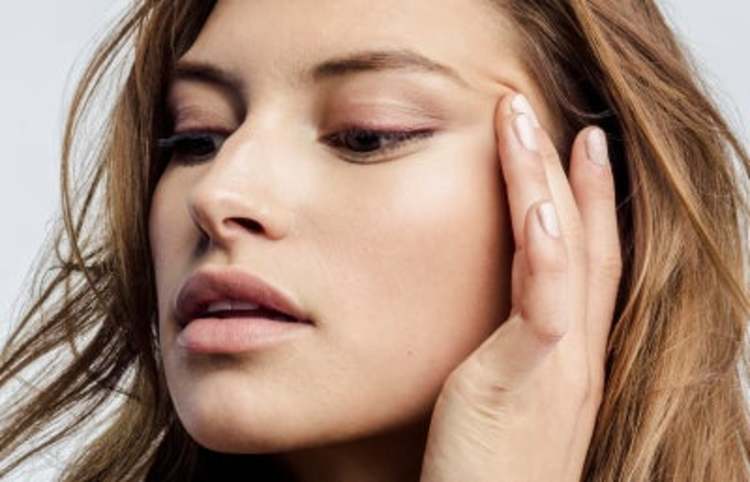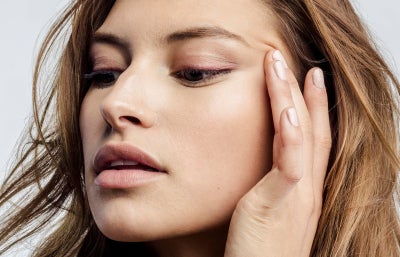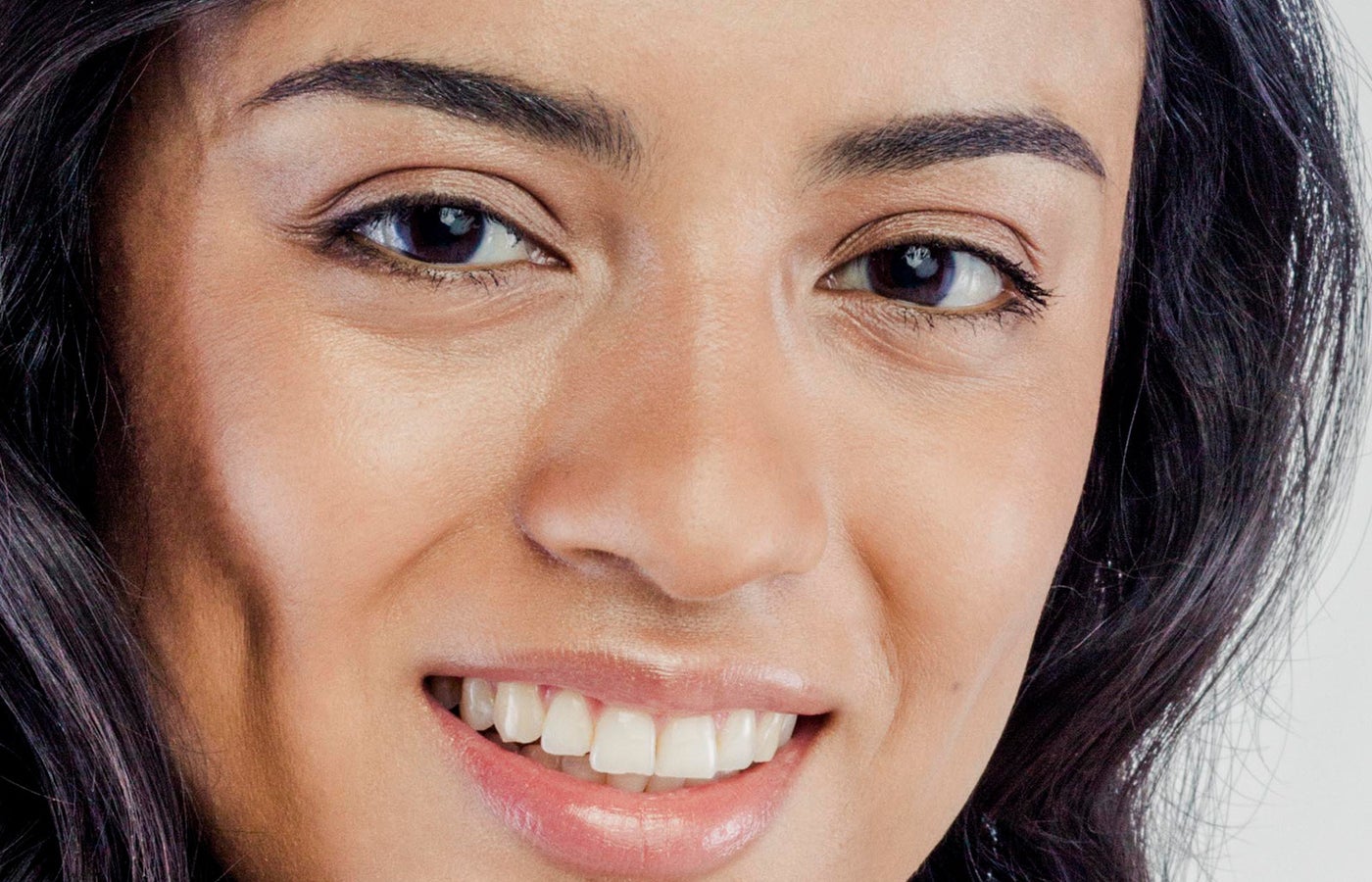Eyebrow Transplant: What You Need to Know
Pros & cons
How much it costs
What to expect
How long healing takes
How soon you see results
How long results last
Side effects to consider
Fast facts
An eyebrow transplant, sometimes called eyebrow restoration, enhances the shape and fullness of your brows by transferring hair follicles from another area of your body—usually the back of your scalp.
For people with eyebrows that are thin or absent due to hair loss from a medical condition or over-plucking and tweezing, an eyebrow hair transplant is a natural-looking, permanent solution.
Depending on your needs, eyebrow transplants can reshape or even re-create your brows. When they're done well by an experienced surgeon, the results can look very natural.
"This is one of the most aesthetically demanding hair restoration procedures, so it is important to seek out a surgeon based on experience with this specific procedure, not just standard hair transplants," advises Miami hair restoration surgeon Dr. Jeffrey Epstein. "In addition to understanding aesthetic eyebrow design, the surgeon must work with a skilled team to assist with the graft dissection and planting process, all key steps to achieving the desired results."
Dr. Jae Pak, a hair restoration surgeon in LA, agrees that it's important to find a surgeon who has artistic skills and mastery of brow hair transplantation techniques. “The surgeon must be familiar with women's and men's eyebrows. My personal opinion is that they shouldn’t use a template.”
When you’re researching surgeons, pay attention to board certification, but keep in mind that "nothing takes the place of experience," as Dr. Epstein underscores.
Pros
- The procedure creates full brows, in a flattering eyebrow shape designed for your face.
- It can cover up an eyebrow scar or correct asymmetry.
- Because the brows are created with your own hair, results should be more natural-looking than microblading or makeup.
- It's a permanent solution, as long as the donor hair follicles are healthy.
Cons
- Some of the transplanted hairs may angle out, if they aren’t carefully placed by an experienced surgeon.
- You'll need to invest some time regularly trimming your new hairs, which will keep growing at the same rate and length as scalp hair.
- Transplanted hairs may not exactly match the color or texture of your natural eyebrow hairs.
- You may notice tiny gaps, since regrowth of 100% of the transplanted hairs isn't guaranteed. Because of this, getting thick, full brows occasionally requires a second procedure.
- It’s far more expensive than temporary alternatives like microblading.
- Average Cost:
- $4,800
- Range:
- $2,000 - $13,391
Your eyebrow transplant cost will depend on how much hair you need transplanted, your surgeon's level of experience, their practice location, and a few other key factors.
The eyebrow transplant photos in our gallery have been shared by the surgeon who performed the procedure, with the patient's consent.
An eyebrow transplant procedure takes three to four hours.
You'll be given oral sedation and local anesthesia in the eyebrow area and the donor site, so it shouldn't be painful.
There is just one eyebrow hair follicle implantation technique, but there are two donor hair harvesting techniques: follicular unit extraction (FUE) and follicular unit transplant (FUT). The main difference between the two methods is how the hair is harvested and how the donor site at the back of the head is prepared.
FUE Harvesting
- This technique involves removing individual hair follicle units one by one, usually from the back of the head.
- The donor hairs are trimmed to 1/16 of an inch so that each hair fits in the small (0.8 mm to 1 mm) cylindrical punch used to extract them.
- FUE incisions are circular and are well concealed, even with a short haircut. "If you ever shave the back of your head after the procedure, there is a small chance you’ll see hundreds of round white dots, but Dr. Epstein says that this is not typically an issue with the newer FUE devices.
FUT Harvesting
- First, the surgeon makes a horizontal incision to remove a strip of donor hair from the back of your scalp.
- That incision gets stitched up, and you’re left with a fine-line scar that’s usually concealed by hair.
- If you ever shave the back of your head after the procedure, you’ll see a linear scar. Individual follicle units are then carefully removed from the strip (under a microscope, for precision) for transplanting.
An eyebrow hair transplant procedure typically involves the placement of 50 to 350-plus grafts (equivalent to 75 to 700 hairs) per eyebrow. The exact number depends on the existing amount of hair and how you want your new eyebrows to look.
Each graft, containing one or two hairs, is transplanted individually into a tiny, angled incision, in just the right direction to mimic your natural eyebrow hair.
You should be able to return to work four to five days after your procedure, “with maybe only minor bruising or swelling,” Dr. Epstein says.
Here’s what to expect during recovery:
- If the FUT technique was used, your scalp may will be tender for a few days afterward. Sutures from the FUT incision typically take 3 to 4 weeks to dissolve.
- Especially during the first few days, you may also want to take prescription or over-the-counter pain medications and anti-inflammatories to help reduce tenderness and swelling.
- Bruising is common and may take a week to resolve.
- Your eyebrows will scab over, but resist the urge to pick at them. The scabs will loosen and fall off on their own in 5 to 7 days.
Following the specific aftercare instructions your doctor provides will help reduce your risk of complications like infection.
Most patients see some new hair growth from the transplanted hair follicles at about three months post-op, says Dr. Sara Wasserbauer, a hair restoration surgeon in Walnut Creek, California. “Patience is a virtue in this type of plastic surgery, because hair does not grow as quickly as people think.”
Doctors on RealSelf also say that it’s common in the first month after any hair transplant surgery for the transplanted hair to shed (fall out). This can be upsetting, but it’s normal and temporary.
After eight months, your brows should be mostly grown in with new hair.
Final results are usually visible about one year post-op. If you’re not satisfied with your results at the 12-month mark, you can return for additional transplants.
A 2017 study says that “excellent and beautiful results” are likely when the procedure is performed by an experienced surgeon using modern techniques.
Results should be permanent, provided the donor hair follicles were healthy and undamaged during the transplant procedure.
That said, you'll need to maintain your new hairs with routine trimming every five to eight days because they'll grow at the same rate as the hair on your scalp: faster and longer than natural brow hair.
Some people also use an eyebrow gel to get their new brow hair to lay flat.
You may see some natural shedding of your eyebrows over time, just like you would with any other type of hair, but it shouldn’t be enough to make a noticeable difference.
An eyebrow transplantation is considered a very safe, low-risk procedure.
Minor side effects include swelling, tenderness, scabbing, and some itching as you heal.
It's also possible that you could have small but noticeable scars in the donor site, but an experienced hair transplant surgeon should be able to mitigate this.
Before you spring for a transplant, you may want to consider these more affordable options for enhancing the brow area.
Microblading
A type of tattooing, microblading creates thin, hair-like strokes of pigmentation in your eyebrow area. If you have alopecia and know that a hair transplant graft might not be successful, microblading could be a good choice.
It’s also a fraction of the cost of a brow transplant, though results last just 18–24 months, so you’ll have to get follow-up treatments to keep them up. If you choose to stop getting microblading in the future, you may have noticeable residual color outside your natural brow line.
Another downside of microblading: the procedure can damage your remaining hair follicles and potentially create more hair loss.
Latisse
This topical treatment stimulates your hair’s growth cycle. It’s FDA-approved for treating sparse eyelashes, but doctors on RealSelf say that the solution can be safely used to grow eyebrow hair as well.
Latisse promotes hair growth only for as long as it’s being used, so when you stop application, enhanced growth stops too.
Updated June 24, 2022




